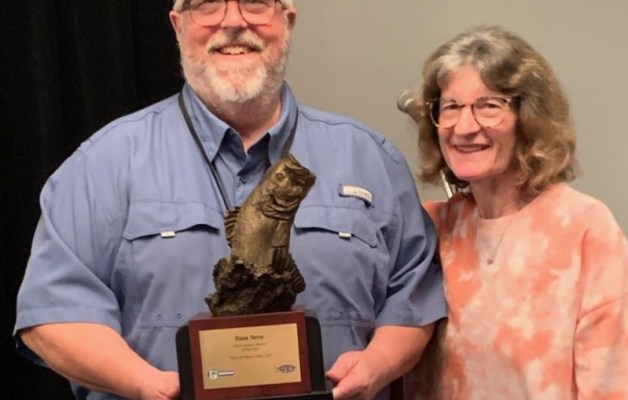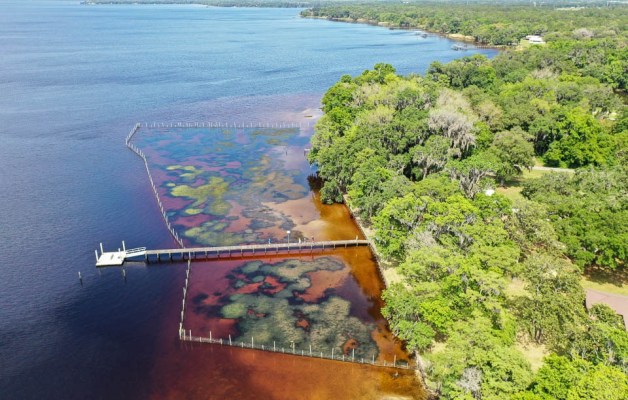
JASPER, Texas — Although giant salvinia has been found in at least 11 states since 1995, it has been most aggressive and troublesome in east Texas and northern Louisiana. Floods last fall along the Sabine and Red rivers emphasized the reality to resource managers, lakefront property owners and anglers.
Huge mats of the fast-growing floating fern from Brazil washed out of backwaters and into main channels. Once exposed, wind and flow pushed the salvinia downstream, where it piled up along shorelines, as well as threatened to block hydropower turbines and infest new areas if left unchecked.
Texas Parks and Wildlife Department (TPWD) officials responded quickly, setting aside normal protocol that would require at least two weeks. Within two days of TPWD recognizing the magnitude of the problem, two helicopters were spraying herbicide on an estimated 2,000 acres of salvinia and water hyacinth spread along 16 miles of Toledo Bend.
“At first report, the mat was 300 to 400 yards wide and 2 to 3 miles long,” said Howard Elder, TPWD’s aquatic plants expert. “By the time that we responded, it had broken up some, but still, having it out in one area like that, made it much easier to treat.”
Three weeks prior, a duck hunter had notified TPWD of a salvinia infestation in the Angelina River on the upper end of Sam Rayburn. “We put a boom at the Highway 103 bridge in hopes of containing it so we could treat it,” Elder said. “We were mostly successful, but some got through. If we don’t get additional rain, though, it could be left along the banks to die.”
On the Louisiana side, meanwhile, officials had drawn down Lake Bistineau by 7 feet in hopes of killing the plant by stranding it high and dry. The rains of October and November negated that strategy.
“Mother Nature had more to say about this than we did,” said Mark McElroy of the Louisiana Department of Wildlife and Fisheries. “Most of it is stranding in the Loggy Bayou Wildlife Management Area. But we recognize giant salvinia is moving through the entire watershed.”
Herbicides — or drawdowns — alone won’t stop giant salvinia, McElroy added. “It’s going to take two or three or maybe 10 different approaches, not just one.”
Elder agrees, adding that Texas is hoping to make better use of imported weevils, which feed exclusively on giant salvinia. “We’ve had mixed results because cold limits their reproduction,” he said. But plans call for construction of a rearing facility on Caddo Lake, where giant salvinia has smothered 3,000 of the fishery’s 25,000 acres.
“If we raise more [weevils] and supplement the populations, we’re hoping we can get better results,” Elder said.
Additionally, Texas is kicking off an awareness campaign this spring because anglers’ boats seem to be the primary means by which the invasive moves from one fishery to another. During a Big Bass Splash tournament on Rayburn last summer, biologists found giant salvinia on 15 trailers.
“We’ve seen giant salvinia on the backs of turtles and alligators, and we suspect that birds can spread it,” the biologist said. “But when we find it in a lake, it’s almost always near a boat ramp. It’s something that everyone who fishes should be aware of.”





